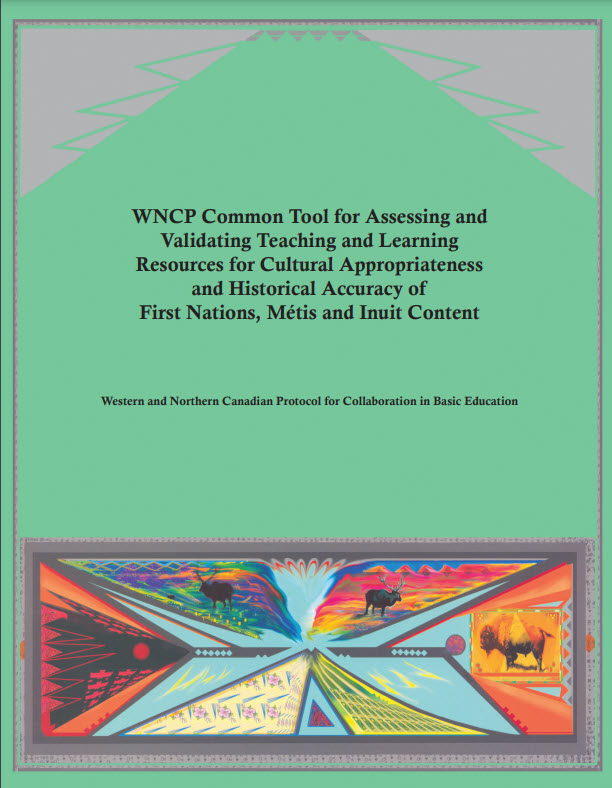I’ve searched for assessment guidelines or approaches to verifying educational technology from Indigenous authors, but so far I have little to show for it. This week I stumbled upon this interesting resource which may be applicable when thinking about educational tool validation. This is a PDF of the Western and Northern Canadian Protocol (WNCP) Common Tool for Assessing and Validating Teaching and Learning Resources for Cultural Appropriateness and Historical Accuracy FNMI* content.
*FNMI = First Nations, Metis, and Inuit

Within it are 4 major checklists which each focus on:
- How the resource was produced
- The authenticity of language and imagery
- Representation of Indigenous knowledge and worldviews
- Historical and contemporary portrays of
One question I thought particularly intriguing:
“Does the resource recognize that FNMI people created technologies, such as snowshoes, kayaks and canoes, that still work just as they were originally designed?”
On the same theme as this question, I would pose to an instructional designer whether or not they go into a meeting with their project team (whether Indigenous or not) assuming they are incorporating new, innovative educational technologies versus the Indigenous community’s perceived ‘primitive’ technologies?